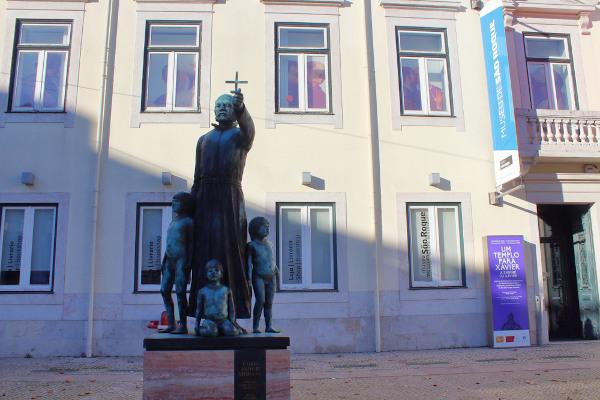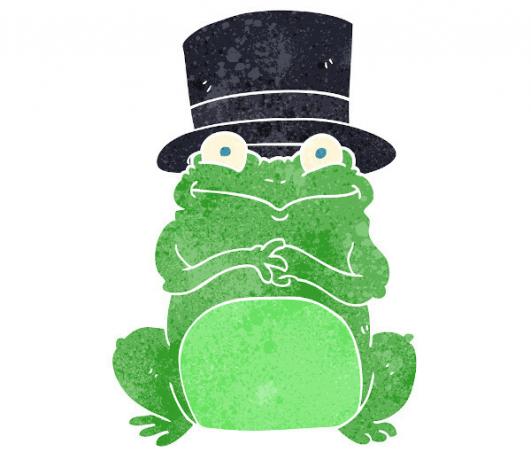The legacy that the Modernism left for the field of arts in Brazil. A great artistic movement that erupted at the end of the second decade of the 20th century, it was responsible for profound changes in the most diverse artistic manifestations, including literature. Break with the past, experimentalism, transgression of literary canons and the search for a literature that talk about Brazil to Brazilians, far from the Europeanizing culture, are elements that guided the program modernist.
It is impossible to talk about Brazilian Modernism without mentioning the 1922 Modern Art Week, an event held in São Paulo that represented a watershed in our culture. Although it was not the beginning of the movement, given that the process of transformation of our art began at the beginning of the 20th century. influenced by the European vanguards, the Week, which took place between the 13th and the 18th of February 1922, brought together and presented the main movement names and drew the attention of artistic circles across the country to the debate around the new aesthetic issues proposed by its representatives. Among its main organizers, Guilherme de Almeida, Paulo Prado, Godofredo Silva Telles,
mario and Oswald of Andrade; these last two formed, with the main modernist poet, Manuel Bandeira, the one that was immortalized as the modernist triad, responsible for defining the new parameters of Brazilian letters.
Left, cover of the 1922 Week exhibition catalogue. On the right, poster created by Di Cavalcanti
Do not stop now... There's more after the advertising ;)
Brazilian Modernism is traditionally divided into three different phases: the first modernist phase, also known as the heroic phase; The second modernist phase, represented by the poetry and novel of 1930, and the third modernist phase (Some literary critics regard late-stage writers as postmodern), otherwise known as the 45 generation. Thanks to names like Manuel Bandeira, Mário and Oswald de Andrade, Carlos Drummond de Andrade, Graciliano Ramos, Guimaraes Rosa, Cecília Meireles, Murilo Mendes, Clarice Lispector, João Cabral de Melo Neto, among others, Brazilian literature could, in fact, establish itself as a genuinely Brazilian artistic expression, a manifestation that contributed to the formation of our cultural identity.
For you to know all the characteristics of Brazilian Modernism, its different phases, its historical context, its writers and main works, Brasil Escola prepared texts where you will find everything you need to know about the most important artistic movement of the 20th century, a movement that defined the paths of art and literature Brazilian. Be sure to check out all the content below! Enjoy your reading and good studies!
By Luana Castro
Graduated in Letters


